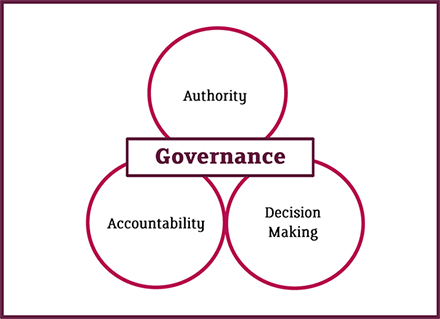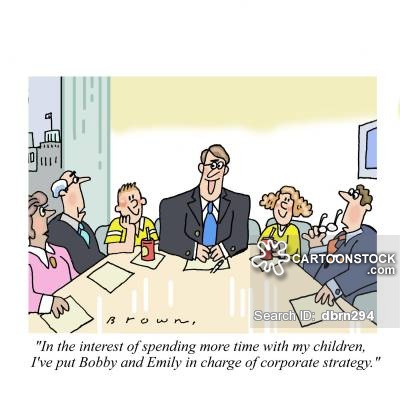Governance, how decisions are made in the family enterprise
Setting a governance policy for your family enterprise, that is clear, perceived as fair and most importantly communicated will go a long ways to helping your enterprise make effective and supported decisions. The communication piece around the decision making methodology (write it down) to all stakeholders will ensure that miscommunication does not occur and decisions are not inappropriately made by those not in authority to make such decisions. Take for example, the retired leader of the firm who comes into the company only occasionally and seeing something amiss, feels that they have to do something about it right then and there. That can be disruptive and potentially damaging to the businesses’ governance structure, and possibly operations.
How to define your governance policy (big areas)
Votes – This is a technical and legal concept where the votes may be separated from the value / participation in the enterprise. Legally, these shares prevail and can govern the day. However, decisions that may be unpopular and yet are forced through because of votes may meet resistance.
Value – The person with the shares carrying the most value, or skin in the game, may also prevail. Technically, these shares may be non-voting, but because the owner of these shares has a vested financial interest, his/her interests should be considered.
Age – in the more traditional way, grey hairs meant a lot: experience, wisdom and longer term thinking. Does your business consider the benefits and knowledge of the older guard in your enterprise?
So what to do? The best practices is to have your decision making policy set out clearly and in writing. This policy should be communicated regularly to all stakeholders.
Three different stages of the business to consider in decision making:
1. Business in transition vs stable – for a business in transition, key strategic decisions need to be made to guide the enterprise forward. These can be challenging and unpopular but necessary.
2. Benevolent dictator – the leader of the firm can run the firm with the key decision makers in the background effecting such decisions
3. Dictator – this works well when the dictator has absolute control Any reduction of this absolute control can result in anarchy. Be careful here.
Where are you with your business on this spectrum?
Therefore, find your model and apply decision making consistently and with the buy in of key stakeholders.
Learn, think, apply!











Recent Comments